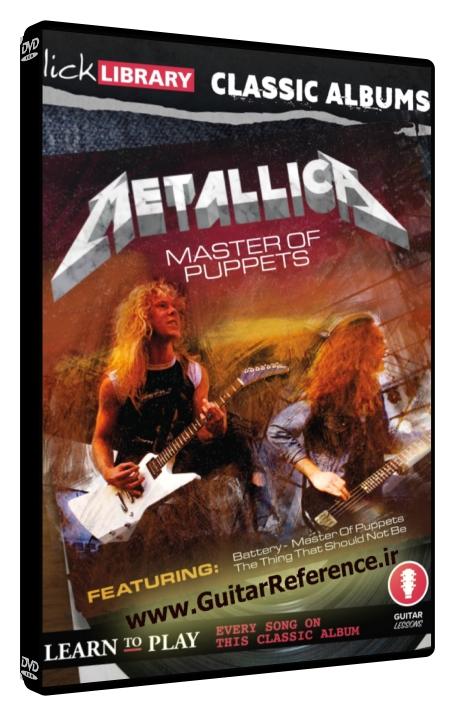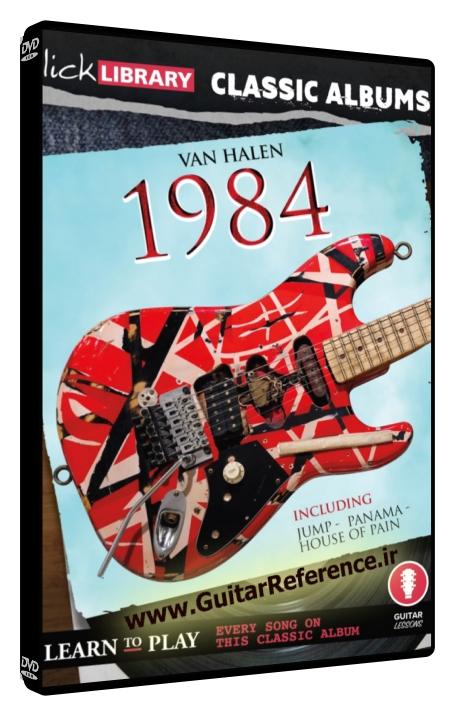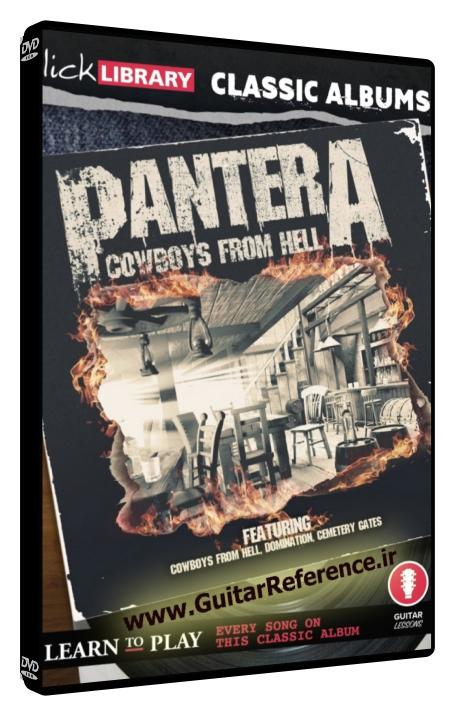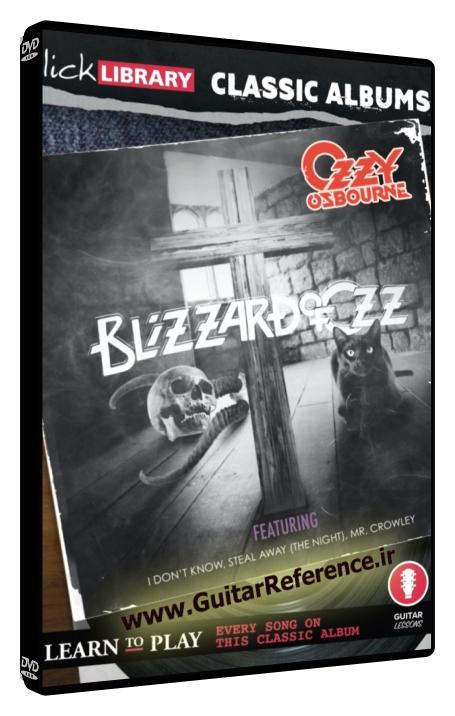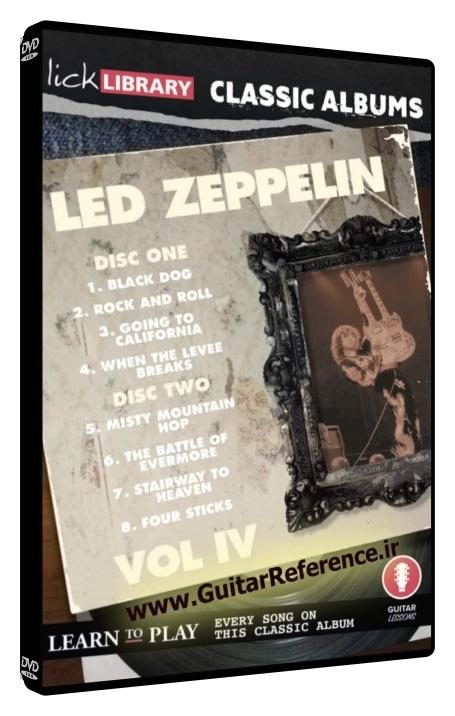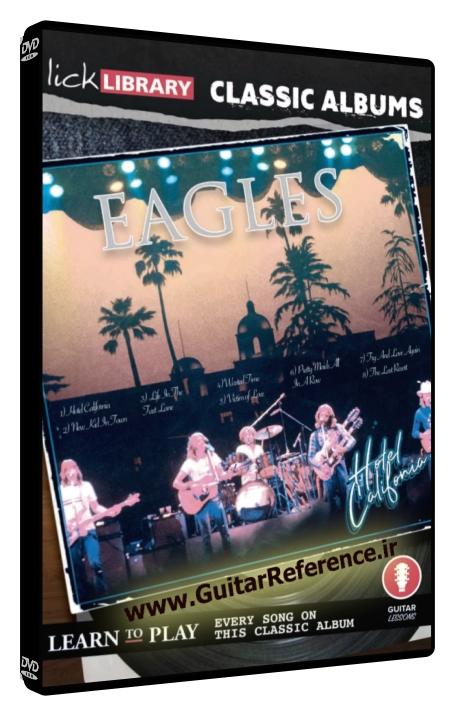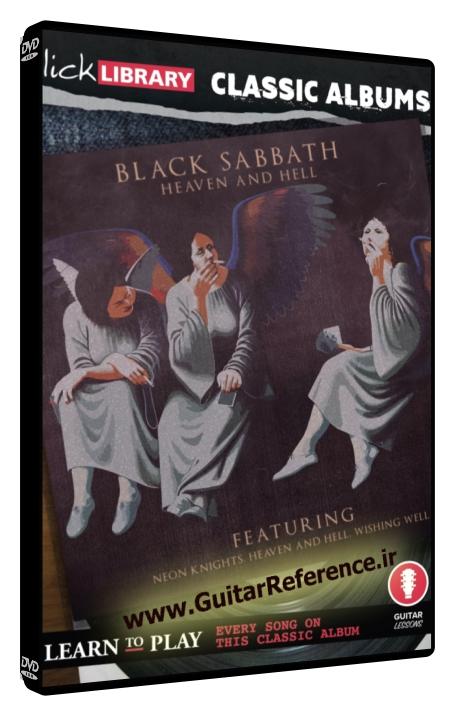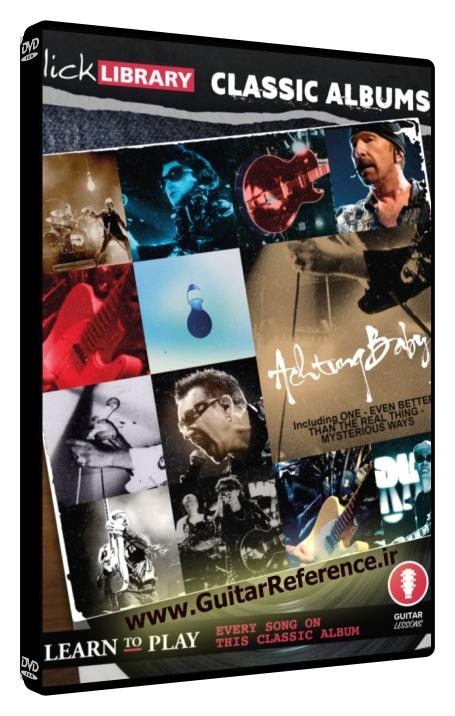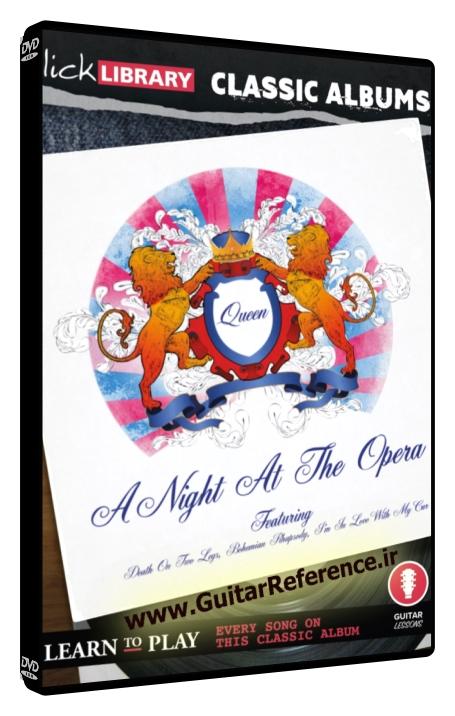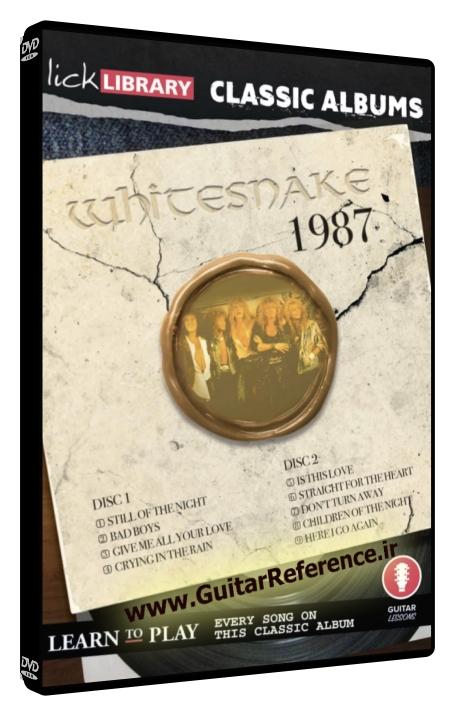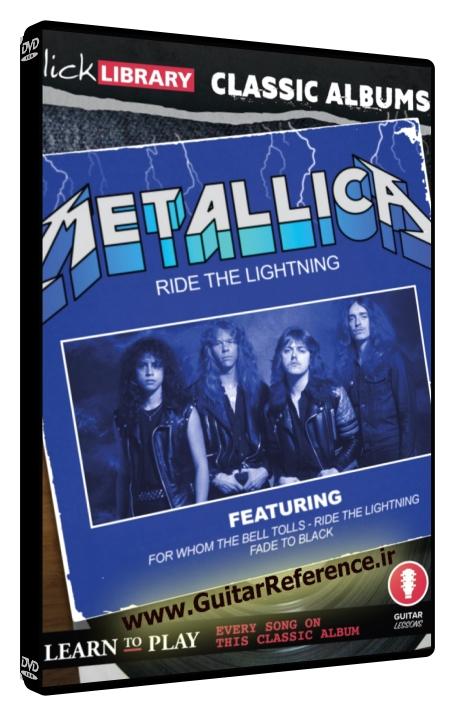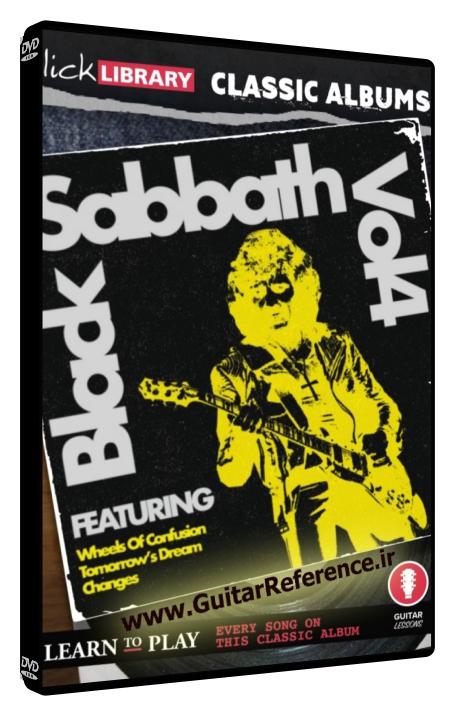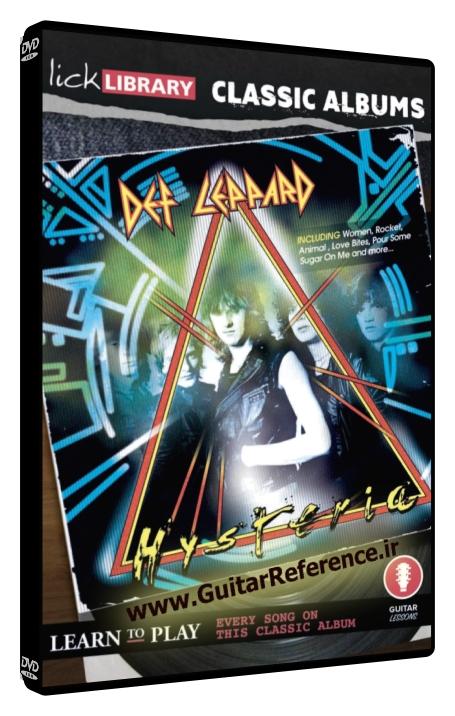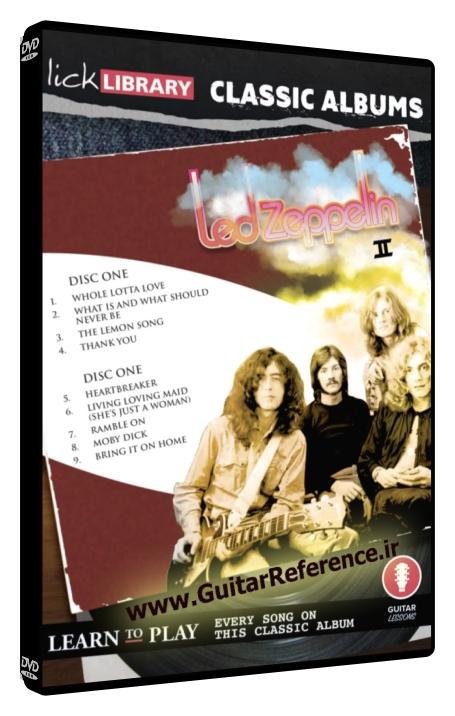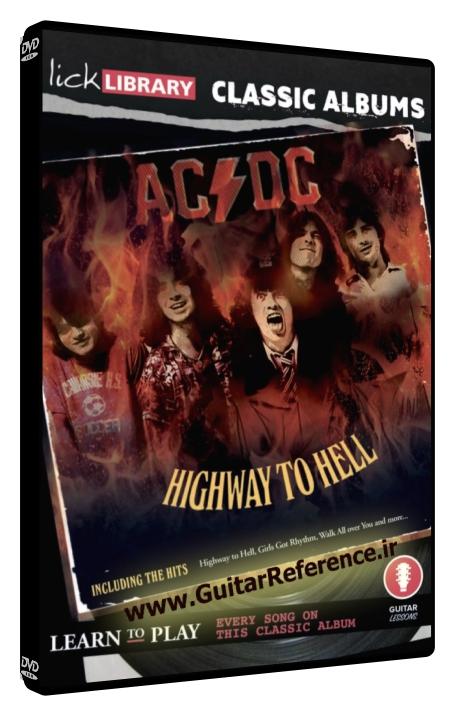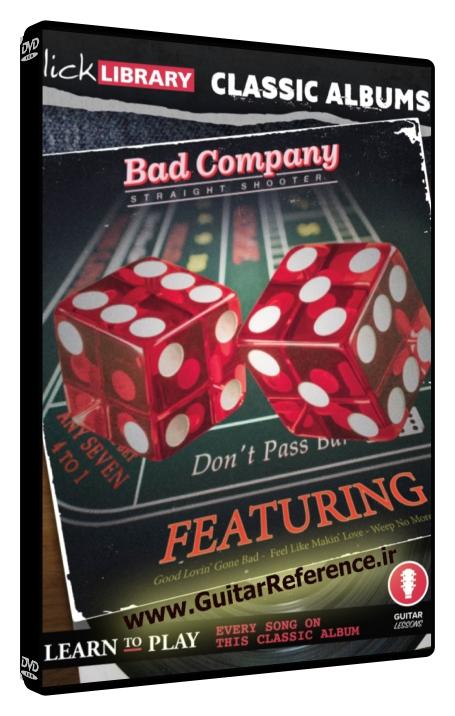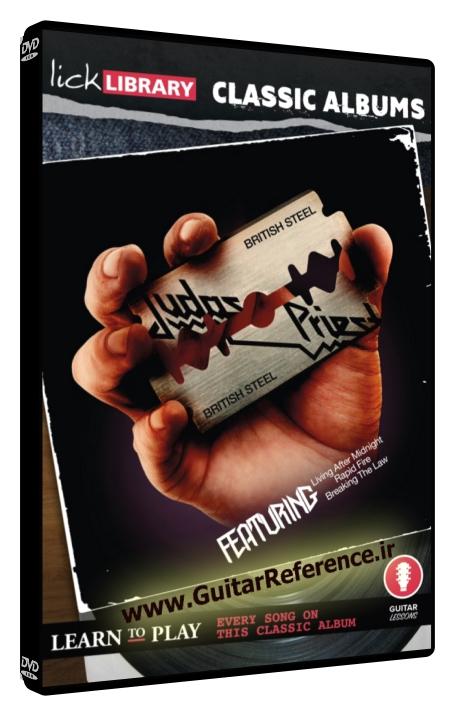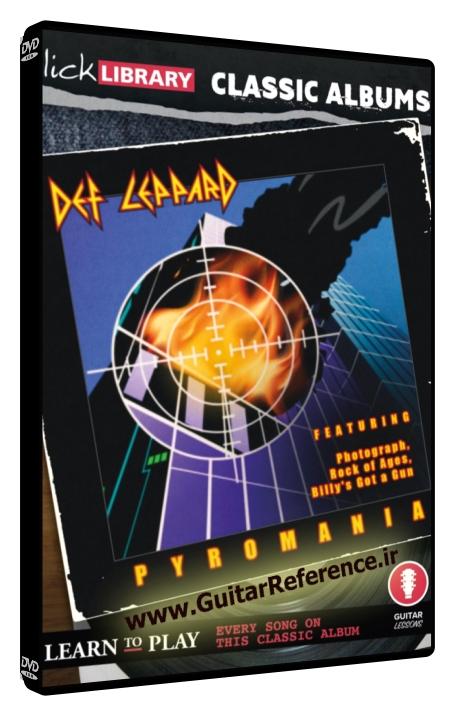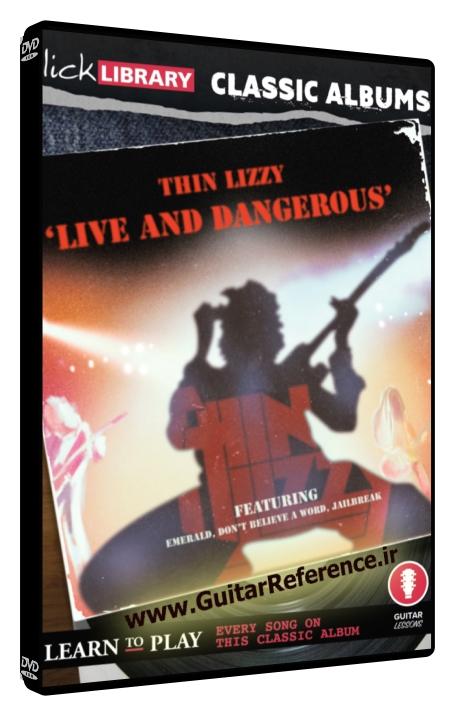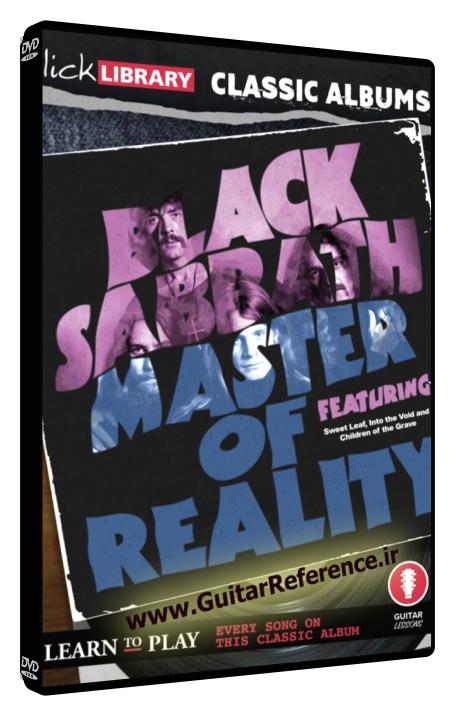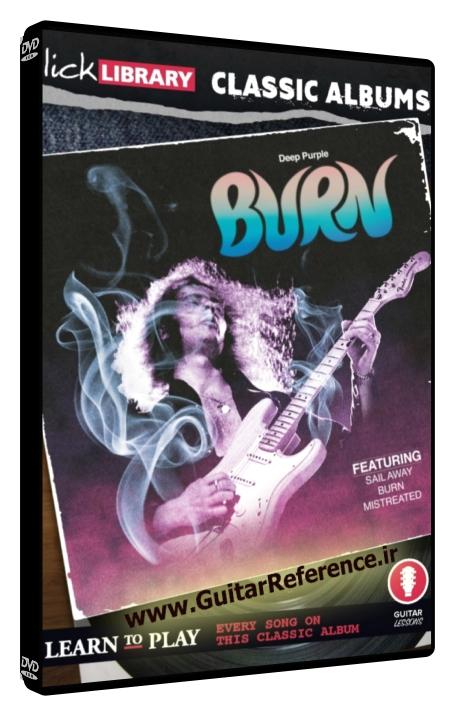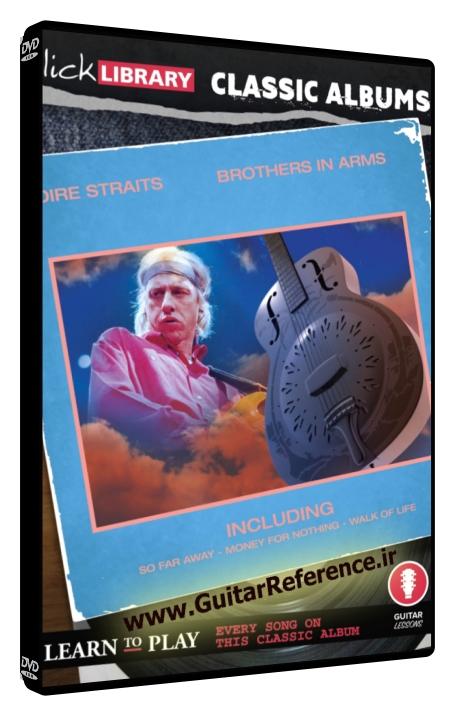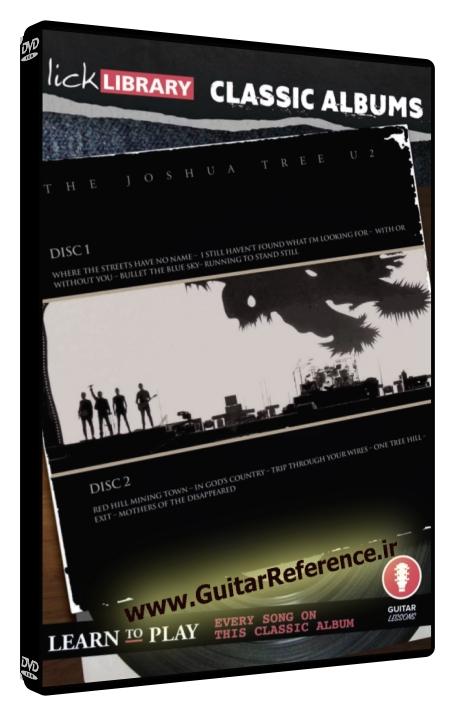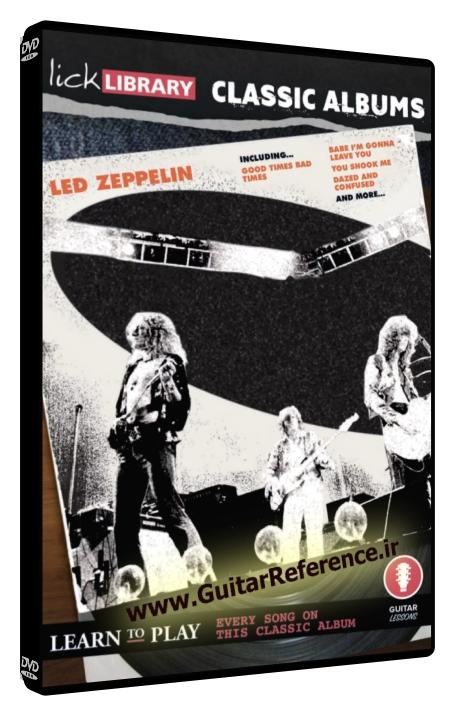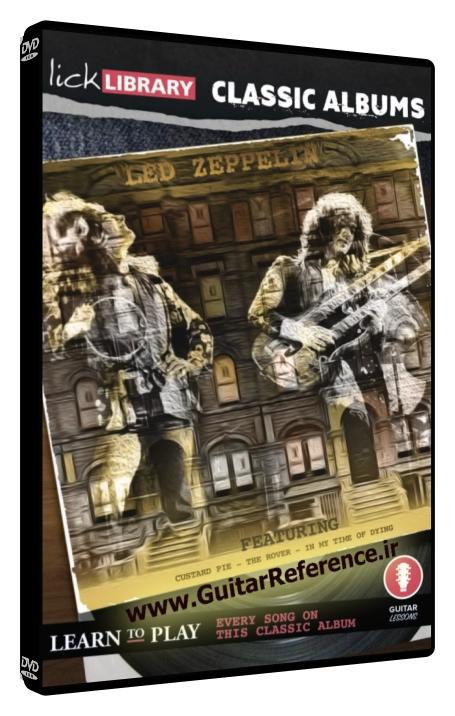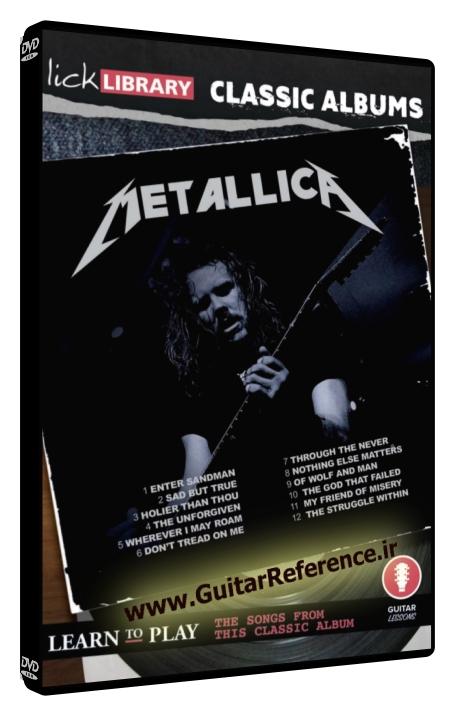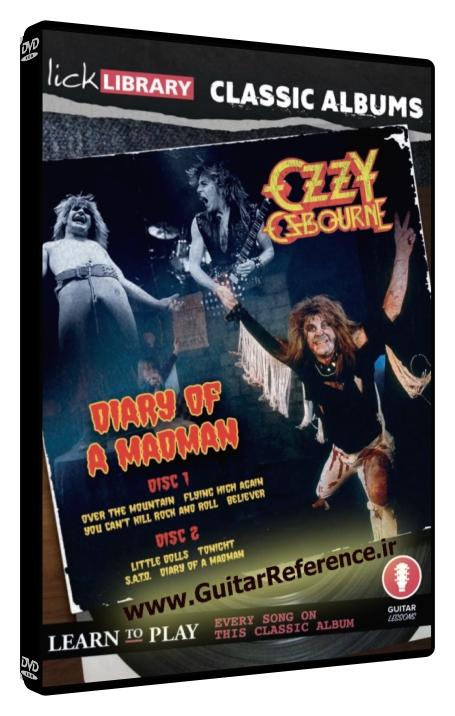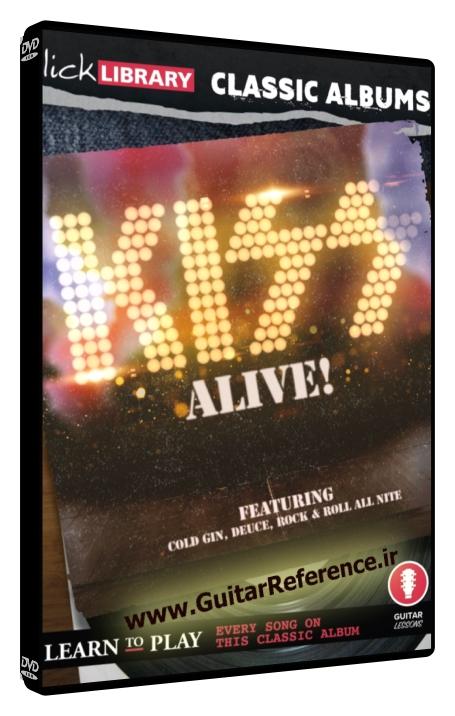Classic Albums – Master of Puppets (Metallica)
by Danny Gill
Product Size: 3.08 GB (WEBRIP)
37.99 $ 3.99 $
Description
Master of Puppets: A Deep Dive for Guitarists
Released on March 3, 1986, Master of Puppets is the third studio album by thrash metal pioneers, Metallica. Highly regarded as one of the best metal albums of all time, Master of Puppets peaked at number 29 on the Billboard 200 in the US and was certified six-times platinum by the RIAA in 2003.
In this course, LickLibrary veteran, Danny Gill walks you through the many highlights of each song from the heavy metal icons one phrase at a time, including all of James Hetfield and Kirk Hammett’s legendary guitar parts from the tracks; “Battery,” “Orion,” and the anthemic, “Master Of Puppets.”
Guitar Lessons in This Course
• Battery
• Master Of Puppets
• The Thing That Should Not Be
• Welcome Home (Sanitarium)
• Disposable Heroes
• Leper Messiah
• Orion
• Damage, Inc.
Guitar Lesson 1: “Battery”
Opening the album, “Battery” begins with a flamenco-inspired clean guitar intro using E minor and G major chord shapes, forming a striking contrast to the imminent heavy sections. The main riff, situated on E natural minor scale, is a fast-paced, alternate-picked fury, showcasing Kirk Hammett and James Hetfield’s synchronicity. Kirk’s solo is notable for its use of tremolo picking and swift alternate picking in the E minor pentatonic scale, setting the tone for the rest of the album.
Guitar Lesson 2: “Master of Puppets”
A masterpiece that became the album’s namesake, “Master of Puppets” is a musical exposition of guitar techniques and progressions. Based primarily on E minor scale, its main riff incorporates steady alternate picking, palm muting, and tight power chords. The piece showcases a dual-guitar harmony section and a clean interlude with intricate arpeggiated chord progressions. Kirk’s solo is filled with quick legato licks, expressive bends, and rapid alternate picking, while James adds a melodic solo using slides and vibratos to increase tension.
Guitar Lesson 3: “The Thing That Should Not Be”
A showcase of down-tuned heaviness, “The Thing That Should Not Be” uses drop D tuning for a menacing low-end. The main riff oscillates between the open D power chord and the 7th fret, utilizing palm muting to give the song a crawling, heavy feel. This track highlights the creative use of power chords and simple but effective lead work on the D minor pentatonic scale.
Guitar Lesson 4: “Welcome Home (Sanitarium)”
Starting with clean arpeggiated chord progressions, “Welcome Home (Sanitarium)” swiftly transforms into a heavier piece. The song incorporates both major and minor chord progressions, with a well-crafted mix of palm-muted and open string riffs. The solo section comprises notable string bending and quick legato passages within the E minor scale.
Guitar Lesson 5: “Disposable Heroes”
“Disposable Heroes” incorporates galloping rhythms and swift alternate picking. The song shifts between E minor and B minor, with powerful palm-muted riffs and a memorable open string chorus riff. Hammett’s solo is a fiery blend of speed and precision, incorporating rapid alternate picking and wide vibrato.
Guitar Lesson 6: “Leper Messiah”
An underappreciated gem, “Leper Messiah” showcases James’ rhythm playing and Kirk’s tasteful use of the E minor pentatonic scale. The main riff is a mixture of power chords and palm-muted lower strings, creating a chugging, heavy feel. Kirk’s solo has a bluesy bend and swift legato licks, ending with a striking pinch harmonic.
Guitar Lesson 7: “Orion”
An instrumental track, “Orion” showcases a myriad of guitar techniques. The clean intro uses a mix of power chords and single note runs, with a melody that utilizes slides and vibrato. The dual-guitar harmonies shine through in this piece, and the solos comprise of scales from E minor to B minor, focusing on melodic lines and slow, expressive bends.
Guitar Lesson 8: “Damage, Inc.”
“Damage, Inc.” incorporates rapid alternate picking and tight palm-muted riffs. It shifts between E minor and G major, adding a sense of urgency and heaviness to the piece. Kirk’s solo is an explosive conclusion to the album, with rapid tremolo picking, bluesy bends, and a flurry of legato runs.
Lead Guitarist: Kirk Hammett
Kirk Hammett’s contribution to “Master of Puppets” cannot be understated. His solos are memorable, incorporating a range of scales, techniques, and expressive bends. Hammett combines speed with melodic sensibility, adding depth and variation to the tracks. His creativity is showcased in his use of techniques such as legato, vibrato, string bending, and swift alternate picking. His ability to contrast slow, melodic sections with faster, more aggressive passages gives each solo a unique character.
Techniques used on “Master of Puppets”
• Vibrato
• Alternate Picking, Legato
• Double-Stop Bends
• Pinched Harmonics
• Tremolo Picking
• Chord Progressions
• Arpeggios
• Harmonics
• Pull-Offs
• Power Chords
• Palm Muting
• Slides
• String Bending
• Syncopated Rhythms
• Open-String Riffs
• Bluesy Bends
• Galloping Rhythms
• Dual-Guitar Harmonies
• Arpeggiated Chord Progressions
